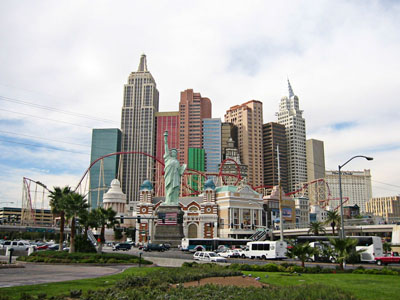In Westworld, guests are invited to indulge in violent and sexual fantasies, using the regressive frontier backdrop to explore their wildest, darkest desires. William, a character introduced in episode two, chooses to see the park and its robots as an opportunity to show his moral fibre. Others, like William’s companion Logan and the mythic Man in Black, see Westworld as an invitation to be vile and malicious. Those men exercise the freedom of a world without consequences to test the limits of depravity.
That’s true in games, too. If we know something is fake — just a game, so to speak - we can act out without feeling any of the shame or guilt we’d typically associate with morally reprehensible activities. It’s why we can go on murdering sprees in careful re-creations of American cities in Grand Theft Auto without feeling like something is wrong with us. Those people on the screen are just pixels. They’re poor simulations of the real thing, guided by intricate physics systems and complex code, but lacking the realism required to provoke empathy. And because it’s an open world with no consequences, our actions don’t necessarily reflect our capacity for violence - or our desire for it.
That situation may be temporary. As games continue to approach photorealism, and as higher-quality virtual reality and sophisticated artificial intelligence become more common, the debate will only get murkier. The “It’s just a game!” defence won’t hold as much water when digital characters look and feel so lifelike that it’s impossible to tell them from the real thing, just as it’s impossible to know who on Westworld may secretly be an android. In a VR world, when you actually pull a trigger or swing a weapon, the feeling of harming real, human victims may only intensify.
 |
 |







